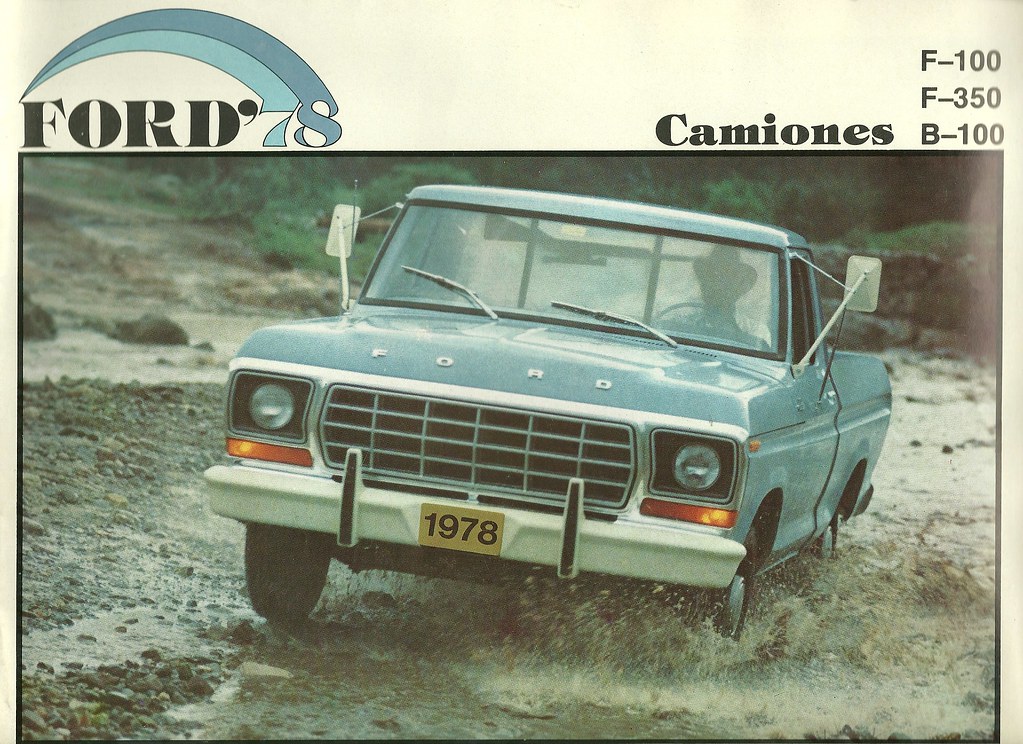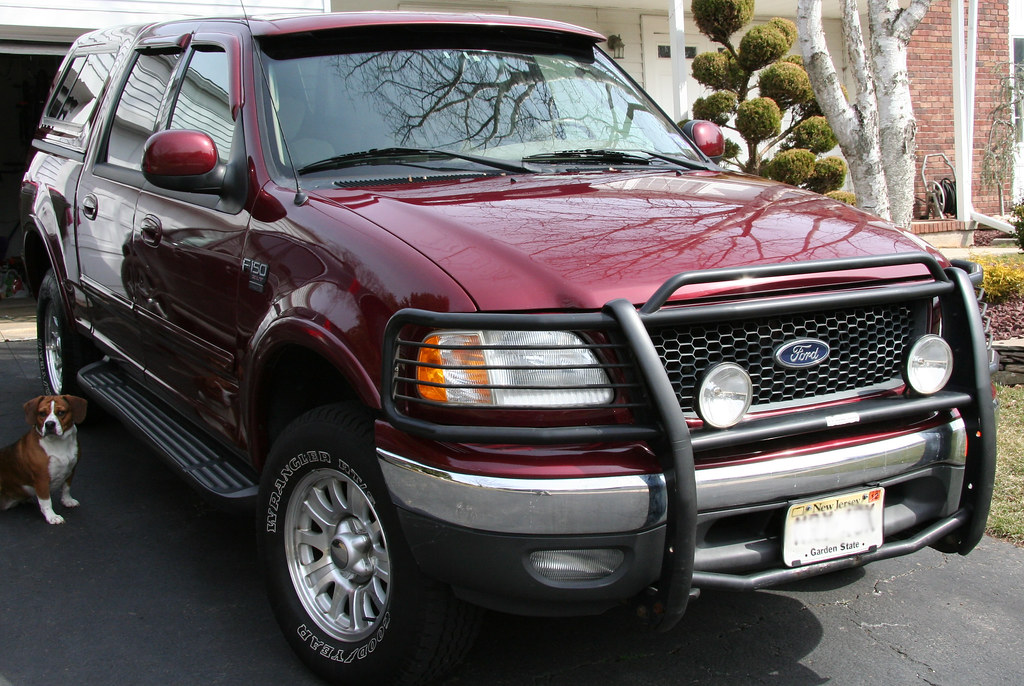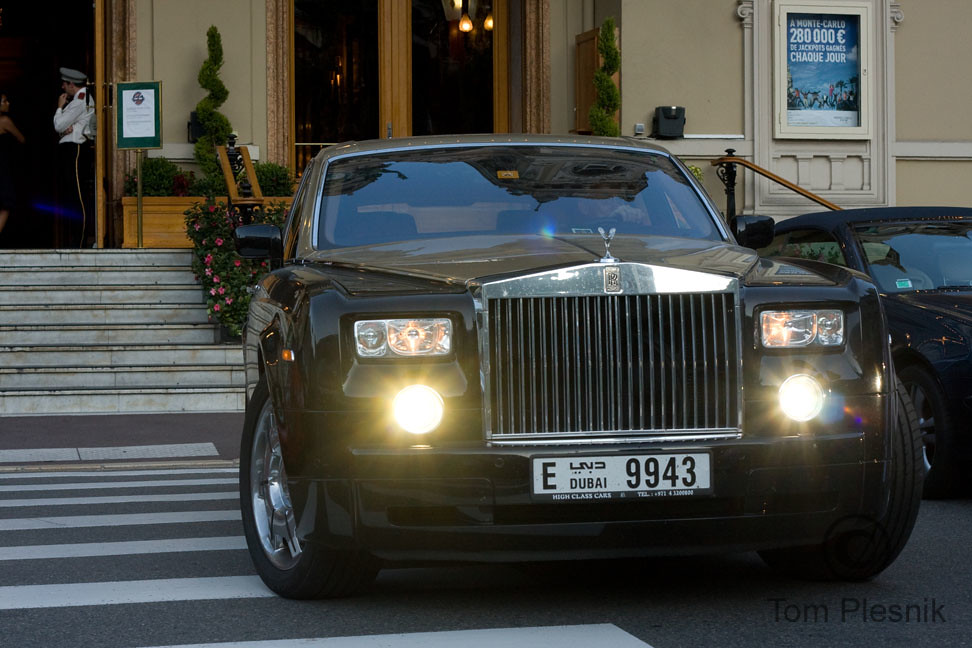
Owning a luxury car is, for many, a deeply aspirational goal, a symbol of success and a gateway to an unparalleled driving experience. The allure is undeniable: superior craftsmanship, cutting-edge technology, and the sheer pleasure of commanding a finely engineered machine. Who wouldn’t want to drive around in a flashy ride, experiencing that “pure joy of driving” that so many survey respondents cited as their main purchase motivation?
Yet, this glamorous facade often hides a stark financial reality. While luxury-car buyers prioritize the driving experience and gain great enjoyment from it, they also expect their vehicles to retain, or even increase, in value, a perception shaped by other high-end goods. However, the automotive world operates differently, and sustaining the residual value of a modern luxury car can be challenging, turning the dream into a significant financial burden almost immediately after purchase.
This article aims to peel back the layers of prestige and performance to reveal the immediate financial pain points that often catch new luxury car owners, or those venturing into the used luxury market, entirely off guard. We will meticulously dissect the hidden costs and rapid value erosion that can transform a coveted asset into an unexpected liability, ensuring you have a clear perspective before making such a substantial investment.
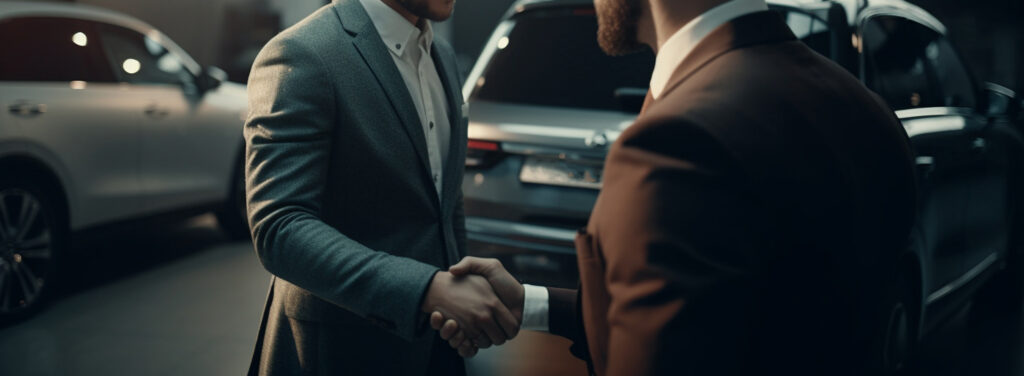
1. **Premium Purchase Price / High Purchase Cost**The financial commitment to a luxury car begins with a “premium purchase price,” a figure that often positions these vehicles as investments comparable to other high-end assets. This high cost is a direct result of their “superior craftsmanship, brand prestige, and advanced features compared to standard vehicles,” setting a steep entry point for ownership. For many, this substantial initial outlay is the largest “barrier to entry when it comes to luxury cars.”
This considerable capital outlay means your money is significantly tied up in a physical asset, an investment that cannot be quickly converted to cash without potential loss. The funds committed could otherwise be allocated to other investment types, which might offer possibly higher yields or better liquidity, a crucial consideration for any discerning investor.
Given the already elevated cost of entry, even a small percentage of depreciation—which, as we will discuss, is often anything but small—represents a truly significant amount of money. This inherent characteristic impacts the investment’s value right from the start, as the vehicle begins its inevitable descent in value the moment it’s driven off the showroom floor.
For those without “plenty of disposable income to throw around,” buying a luxury car is almost guaranteed to bring about “a lot of unnecessary financial strain.” The initial financial shock is profound, laying the groundwork for many of the subsequent monetary challenges that follow.
Read more about: 12 Proven Ways to Unlock Cheaper Flights with Google Flights: Your Ultimate How-To Guide
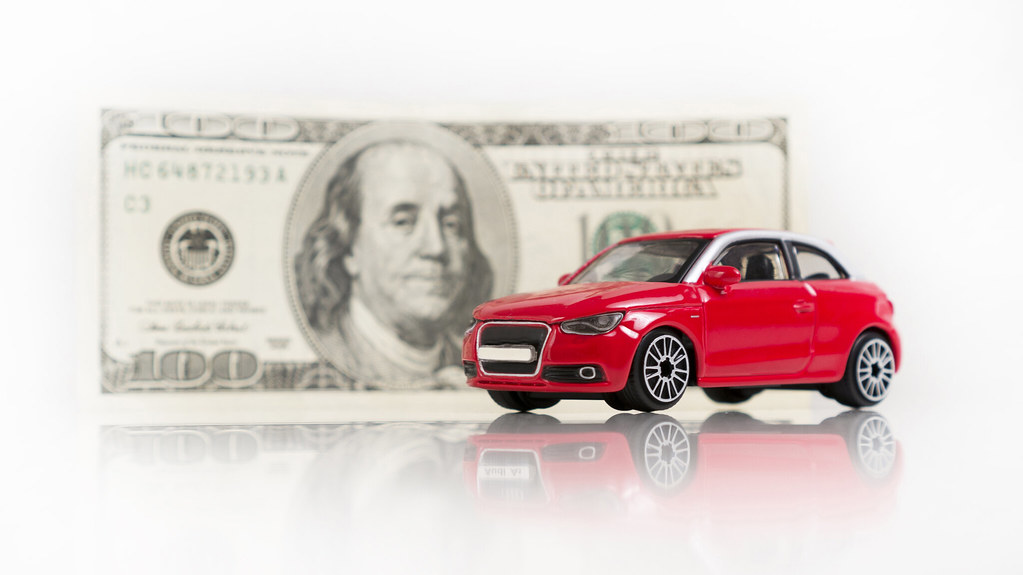
2. **Steep Depreciation Rates**One of the most immediate and impactful financial hits for luxury car owners is the “deceptively rapid” rate at which these vehicles lose value. Unlike traditional investments that may appreciate, luxury cars often “depreciate faster in the first few years than their non-luxury counterparts,” largely due to a rapidly diminishing “perception of value” and continuous technological advancements.
This depreciation curve is notably steep, capable of eroding “a significant portion of the car’s initial value within just a few years.” Even if a luxury car projects an image of timelessness, the reality is that “market trends can rapidly change what consumers value.” As new models with updated features are consistently released, older models inevitably experience an “accelerated loss in value.”
Indeed, the context explicitly states, “Many vehicles experience sharp depreciation as soon as they’re driven, especially if the car isn’t well-maintained.” This underscores that the value loss is not a gradual process, but an immediate consequence of ownership. For anyone considering a luxury vehicle as an investment, understanding this swift decline is crucial, as it dictates the optimal (and often narrow) window to sell and recoup any portion of the initial outlay.
The “Steep Drop-Off” is particularly pronounced because “the market for used high-end vehicles is narrower” than for mainstream brands. This limited demand, coupled with the inherent anxieties surrounding older luxury models, fuels “precipitous price drops,” making the initial investment difficult to justify when resale is considered.
Read more about: Beware: These Classic Cars Are Not Worth Restoring – An Expert Guide for Enthusiasts
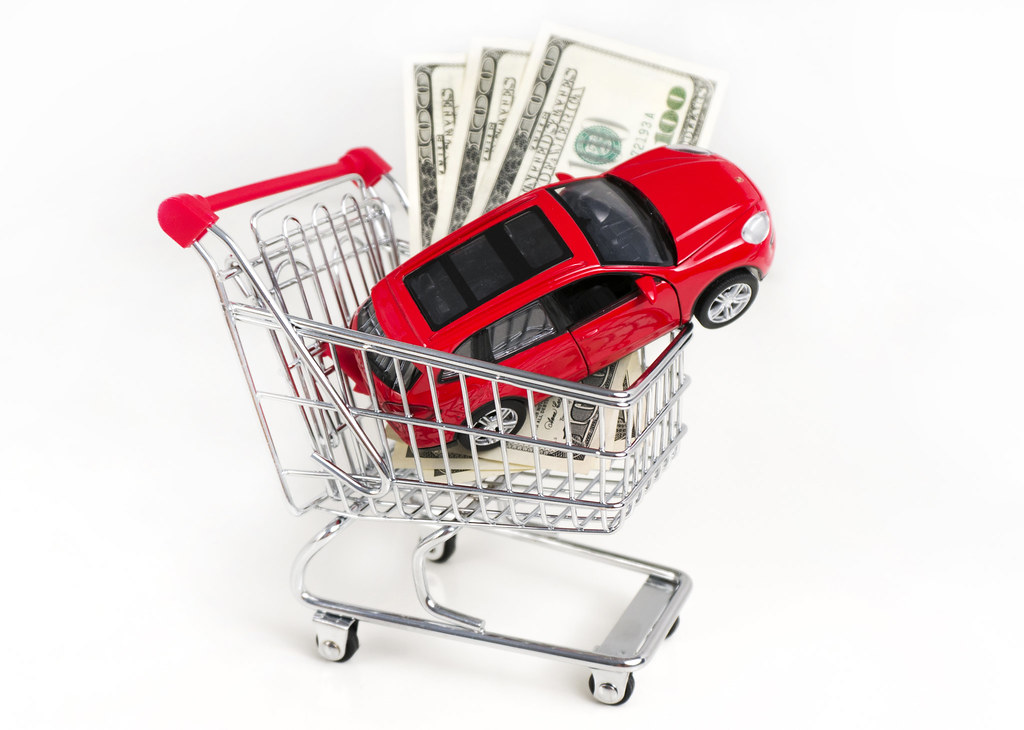
3. **High Maintenance Costs**Beyond the initial purchase, luxury car ownership entails a rigorous and expensive “commitment to high maintenance costs.” These expenditures are not merely optional; they are “necessary to preserve the vehicle’s performance and value,” making them an unavoidable part of the financial landscape.
Servicing these sophisticated machines often demands “specialized care from trained technicians, who can command a premium for their expertise.” Even routine activities that seem straightforward for average cars—like “oil changes, brake inspections, and tire rotations”—come “at a much higher price tag compared to average cars” when it comes to luxury vehicles.
The context highlights this burden directly, stating, “Even basic services like oil changes and brake replacements can cost you an arm and a leg due to the specialized skilled labour they would require.” Over time, the “cumulative cost of keeping your car in pristine condition can represent a large outflow of cash, which might negate any potential gains from the investment” you hoped to make.
This aspect is a clear “pain point” in the luxury-car ownership experience, with a “significant number of survey respondents lament[ing] that the quality of luxury-car service is below expectations.” Failure to maintain the car meticulously only exacerbates the problem, leading to “accelerated depreciation” and further reducing any potential investment value.
Read more about: Don’t Neglect Your Lawn Mower This Winter: An Essential Guide to Pre-Season Preparation
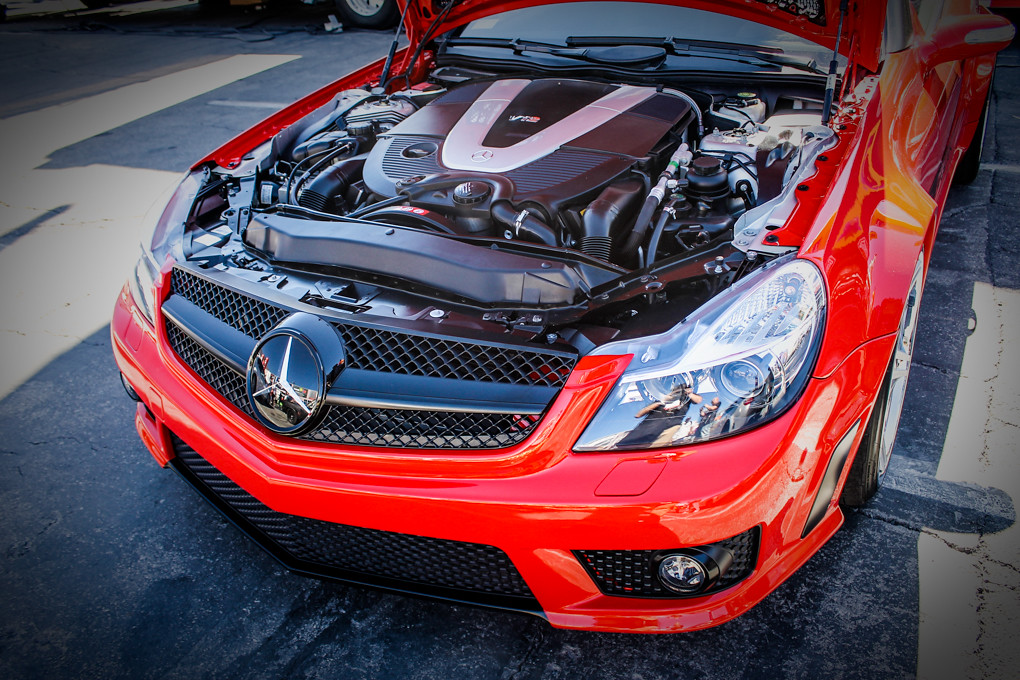
4. **Expensive Repair Costs & Specialized Parts**When the inevitable need for repairs arises, luxury car ownership presents another formidable financial hurdle. “Luxury car parts are often more expensive than those for standard vehicles due to their high-end materials and technology.” These aren’t just pricier; they’re typically “less common and may require ordering from exclusive suppliers,” adding both cost and considerable delays to getting your vehicle back on the road.
The cost of labor is equally steep. “Mechanics trained to work on high-end vehicles are in high demand and can charge a premium for their services.” Furthermore, the inherent complexity of “advanced technology and custom features” means that repair work often takes longer and is more intricate than for non-luxury vehicles.
Concrete examples underscore this reality: “Audi or BMW brakes aren’t cheap. Cadillac Escalade air suspensions can cost thousands to repair.” The reality is that “luxury brands don’t want you replacing their car parts with just anything — they want you getting it straight from the source,” which translates to “costly, brand-specific parts that aren’t always readily available.”
Ultimately, “an unexpected repair can be a significant hit on the overall investment return of a luxury car.” This necessitates a substantial and ready “maintenance and repair budget,” a factor that can quickly detract from any perceived financial benefits of the investment.
Read more about: Expert Warning: 13 Critical Transmission Problems to Spot in Your SUV Before Costly Failure

5. **Higher Insurance Premiums**Another consistent drain on the luxury car owner’s finances comes in the form of elevated insurance costs. “Insurance premiums for luxury cars are generally higher than those for more modest vehicles,” a fact that significantly impacts the overall cost of ownership. This increased expense is not arbitrary but rooted in logical risk assessment.
Insurers categorize luxury cars as a “higher risk” primarily due to their “high value, performance capabilities, and targetability for theft.” The potential payout for repairs or replacement in the event of an accident or theft is substantially greater, leading insurance companies to adjust their premiums accordingly to mitigate their own exposure.
The context plainly states, “Luxury cars tend to have more liabilities, and insurance companies know this all too well.” Consequently, these companies “levy higher premiums on luxury car owners because they know it could cost them a lot more in the long run.” These “substantial insurance payments” accumulate significantly “over the years.”
Therefore, when assessing the viability of a luxury car as an investment, it’s not solely about the acquisition price or potential resale value. The ongoing “holding costs like insurance” are critical. While specific premiums can vary based on individual factors like driving history and location, the universal rule remains: “the more expensive and powerful the car, the higher the premium you can expect to pay.”
Read more about: Why Your Medicare Part B Plan Might Not Cover What You Think: Essential Insights for Beneficiaries
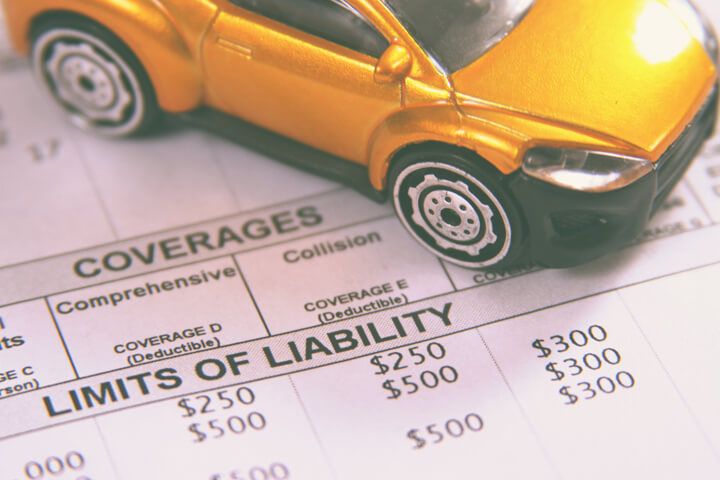
6. **Out-of-Warranty Woes**For many who are drawn to the “allure of the used luxury car,” the perceived bargain comes with a critical hidden risk: the expiration of the factory warranty. A significant portion of “used luxury cars you’ll find on the market are beyond their factory warranty period,” immediately exposing the new owner to substantial financial liabilities.
This lack of warranty coverage means that “any breakdown—especially in advanced systems like air suspension, turbocharging, or infotainment—falls entirely on your wallet.” The very components that make luxury cars desirable, such as their “untested innovations,” are also the ones that “may not stand the test of time,” leading to expensive failures without manufacturer backing.
While an owner might consider an extended warranty to mitigate these risks, the options are often costly and restrictive. “Even extended warranties for high-mileage luxury cars tend to be expensive, with numerous exclusions,” which means critical components or common issues might still not be covered, leaving the owner exposed.
This vulnerability to unforeseen and expensive repairs right after purchase can quickly erase any savings achieved by buying a used model. It transforms a perceived discount into a potential financial trap, highlighting the necessity of understanding exactly what protections, or lack thereof, are in place for advanced vehicle systems.
Read more about: Sorrow in Every Depreciation Drop: 15 Luxury Vehicles Drivers Admit They’d Unbuy to Save Money
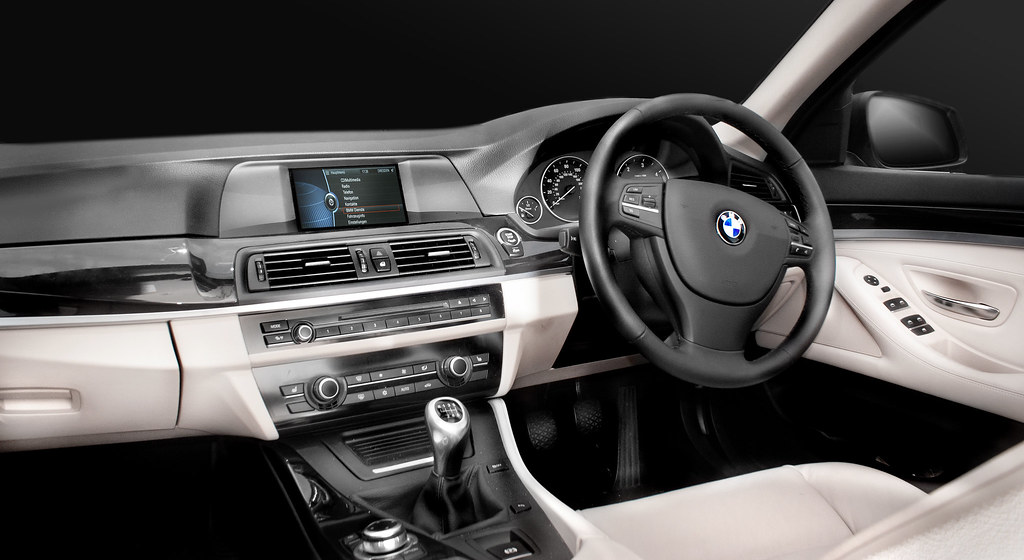
7. **Complex Electronics & Risk of Glitches**Modern luxury cars are veritable showcases of advanced technology, “laden with microprocessors, sensors, and integrated modules” that control everything from sophisticated driver-assistance systems to multi-zone climate controls. While this “cutting-edge tech is exciting when new,” it introduces a significant Achilles’ heel: an increased “risk of glitches.”
These intricate electronic systems, while offering unparalleled convenience and performance, can quickly “become electrical nightmares when they start to fail.” The sheer number of interconnected components means that diagnosing and repairing even a minor issue can be a complex and time-consuming endeavor, translating directly into higher labor costs.
The infotainment systems, such as “Audi’s MMI, BMW’s iDrive, [and] Cadillac’s CUE,” are particularly susceptible. While they “push the envelope of user experience,” they are also “notoriously expensive to fix.” Even seemingly trivial “minor screen malfunctions can cost hundreds, if not thousands, to repair if out of warranty,” posing a substantial financial shock.
Moreover, the rapid pace of technological evolution means that “as software evolves, older vehicles may fail to receive updates, making certain features obsolete.” This can lead to frustration and practical difficulties, such as problems “pairing smartphones or using certain online services,” further diminishing the user experience and potentially contributing to a quicker perceived obsolescence of the vehicle’s advanced features.
Navigating the Long-Term Money Pits: Exploring the ongoing financial burdens and hidden challenges of luxury car ownership, from market volatility and specialized servicing to the practical compromises and future uncertainties that erode value and peace of mind.
Read more about: Owner’s Regret on Wheels: 10 Utility Vehicles Drivers Wished They Never Drove Off the Lot

8. **Market Variability and Volatility**Beyond the immediate costs, investing in a luxury car subjects owners to a volatile market, much like any other high-value asset. The desirability and value of these vehicles are highly susceptible to unpredictable market forces, including broader economic downturns, rapid shifts in consumer preferences, and industry-wide disruptions. These external factors can significantly alter a luxury car’s market standing.
The luxury car market, in particular, demonstrates significant volatility. The value of specific models can fluctuate dramatically based on factors such as limited-edition releases, discontinued product lines, or even unexpected changes in popular culture that elevate or diminish the status of certain brands or models. Collector tastes, for instance, are known to shift abruptly, causing a once highly sought-after vehicle to suddenly fall out of favor.
Furthermore, new legislative regulations can drastically impact a car’s market prospects. Environmental laws targeting high-emission vehicles or evolving safety standards can limit a car’s desirability or even its legality in certain regions. Such regulatory changes can render a vehicle less valuable, or even obsolete, faster than anticipated, adding another layer of financial uncertainty.
Considering these numerous uncontrollable variables, the financial risk undertaken when investing in a luxury car can be substantial. Owners may find that by the time they are ready to sell their vehicle, the market conditions are far less favorable than at the initial purchase point, potentially leading to significant financial losses on their aspirational asset.
Read more about: Beyond the Pump: 12 Critical Gasoline Facts Every Driver Needs to Know to Save Money and Protect Their Engine

9. **Fear of Racking Up Miles and Lowering its Value**A unique dilemma for luxury car owners, particularly those who view their vehicle as an investment, is the inherent conflict between enjoying the car and preserving its value. The more miles a luxury car accumulates on its odometer, the less it typically retains its worth in the resale market. This creates a psychological and practical barrier to simply driving and enjoying the vehicle.
As a result, owners may find themselves reluctant to drive their expensive acquisition, fearing that every mile added directly diminishes its market value. This restrictive mindset directly counteracts one of the primary perks of luxury car ownership: the sheer pleasure and experience of driving a finely engineered machine. The investment’s purpose becomes self-defeating if it means limiting the very enjoyment it was intended to provide.
Mileage has a particularly significant influence on the resale value of luxury vehicles. A high-end car with low mileage can command a considerably higher price, which often prompts owners to use their vehicle sparingly. This cautious approach, while aimed at value preservation, can inadvertently detract from what could have been a deeply satisfying ownership experience.
The unintended consequence of minimal use is also worth noting. While trying to preserve value, reduced regular operation can lead to its own set of mechanical issues, as components are designed for regular engagement. This creates a difficult balance between maintaining optimal performance through use and protecting resale value through restraint.
Ultimately, balancing the desire to preserve the car’s value through minimal use with the actual enjoyment of the investment presents a substantial challenge. This internal conflict is a crucial downside to consider for anyone buying a luxury car with an eye on its long-term financial viability.
Read more about: Decoding the USA: An Engineering Perspective on America’s Foundational Systems

10. **Unknown Future (Obsolescence, Laws, and More)**Investing in a luxury car inherently carries the risk of unforeseen changes that can significantly reduce its value or even render it obsolete. The automotive industry is characterized by rapidly advancing technology, meaning that features considered state-of-the-art today may quickly become outdated tomorrow. This swift technological evolution can diminish the appeal and subsequent value of a luxury investment.
Legislative changes represent another significant and unpredictable factor. Laws concerning emissions, evolving safety standards, and various driving regulations are subject to revision, potentially restricting the usability or desirability of a luxury vehicle. For example, the increasing global discussion around bans on internal combustion engines to combat pollution could directly impact the future value of luxury cars reliant on this traditional technology.
Such uncertainties mean that the long-term financial viability of a luxury car as an investment is tethered to a future that is inherently unknowable. Any investment that relies on such an opaque future inherently carries a greater risk, including the potential for a complete loss of initial capital. This forces owners to constantly assess their risk tolerance.
Therefore, owners must confront the question: how much risk are you truly willing to take on an asset that, despite its initial prestige, faces an uncertain technological and regulatory landscape? This fundamental unknown future often erodes peace of mind, transforming an aspirational purchase into a source of potential anxiety.

11. **Limited Practicality**While luxury cars are designed to turn heads and provide a premium experience, they are frequently not built with everyday practicality in mind. Unlike vehicles designed for utilitarian purposes, luxury models almost always prioritize aesthetic appeal and opulent features over functional considerations. The focus is squarely on “style over substance.”
As the context plainly puts it, “If you’re looking for practicality, buy a Toyota!” Luxury cars are expressly not “intended to be the most utilitarian cars on the road.” Instead, their core purpose is to “look flashy and opulent,” showcasing a particular lifestyle or status rather than excelling in hauling cargo or navigating challenging terrains efficiently.
This inherent design philosophy means that a luxury car, despite its high price tag, may present practical compromises in daily life. Owners might find themselves needing a second, more practical vehicle for routine tasks or experiencing frustration when the car’s design limitations impede convenience. The glamour, while significant, often comes at the expense of everyday utility.
Consequently, buyers must weigh the visual and experiential allure against the functional limitations. The trade-off between stunning design and pragmatic utility is a crucial consideration, highlighting that while luxury cars excel in presentation, they may fall short in meeting diverse, everyday transportation needs.
Read more about: 13 Underappreciated Wagons: Unearthing Automotive Utility’s Hidden Gems
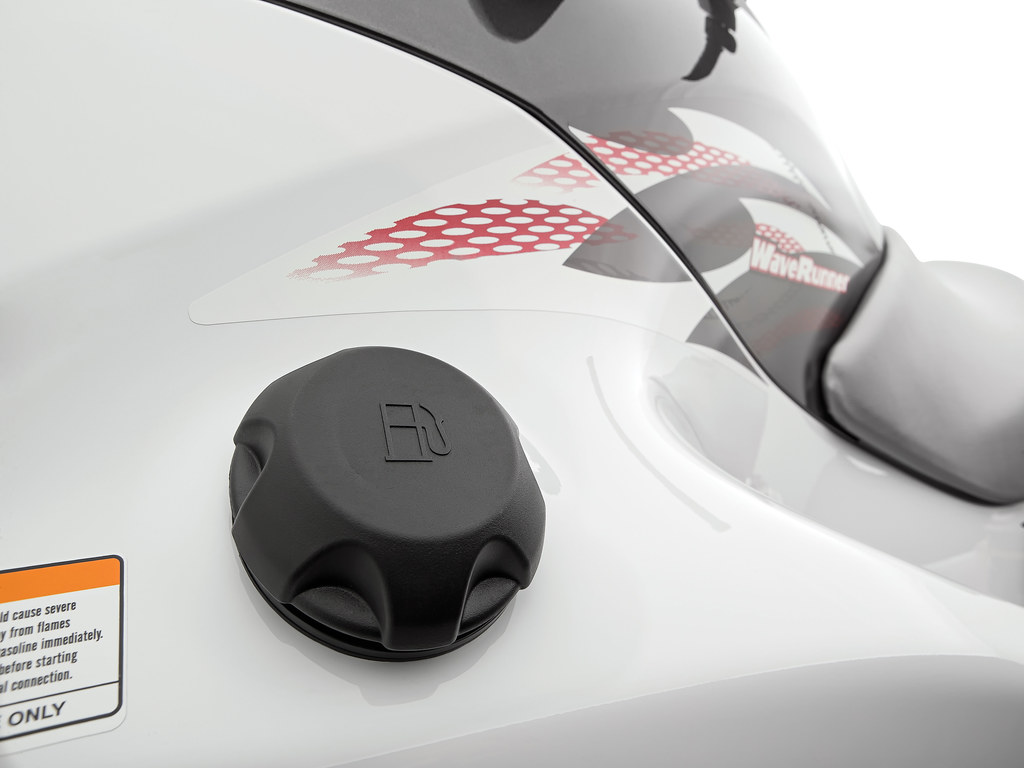
12. **Lower Fuel Efficiency**Another ongoing financial burden for luxury car owners, often overlooked at the point of purchase, is the typically lower fuel efficiency of these high-end vehicles. Generally, luxury cars are rarely designed with optimal fuel economy as a primary objective, a factor that contributes significantly to their operational costs.
The reasoning behind this design choice is straightforward: individuals with ample disposable income, who can afford to purchase a luxury car, are typically less concerned with the ongoing expense of fuel. Therefore, most luxury brands do not prioritize maximizing miles per gallon, focusing instead on performance, power, and lavish features.
Adding to this, many luxury cars are equipped with immensely powerful engines, designed to deliver exceptional speed, acceleration, and a thrilling driving experience. While these engines provide “enhanced performance,” they inevitably consume substantially more fuel than the average car, leading to higher and more frequent expenditures at the gas pump. This continuous outflow of cash significantly adds to the long-term cost of ownership, making it a distinct financial pain point.
Read more about: Don’t Neglect Your Lawn Mower This Winter: An Essential Guide to Pre-Season Preparation

13. **Limited Availability of Service Centers**The exclusive nature of many luxury car brands often translates into a practical challenge for owners: a significantly smaller network of authorized service centers compared to mainstream automotive brands. This limited availability can transform routine maintenance or unexpected repairs into a considerably more demanding and time-consuming endeavor.
Finding a qualified mechanic who is specifically trained and equipped to work on a particular high-end vehicle can become a gruelling task. Owners may frequently find themselves needing to travel much further than they normally would for servicing, potentially impacting their schedules and adding to the overall inconvenience of ownership. This geographical limitation directly affects the “stress-free experience” that luxury buyers expect.
This scarcity of specialized service facilities not only adds logistical challenges but can also lead to longer waiting times for appointments and repairs. The combination of extended travel, wait times, and the premium associated with specialized labor at these limited centers collectively contributes to the ongoing financial and experiential burdens of luxury car ownership.
Read more about: Walmart vs. Amazon 2025: A Data-Driven Analysis of the Retail Giants’ Price, Speed, and Power Showdown

14. **Complicated Features**A major selling point for luxury cars is undeniably the extensive “breadth of features and options” they offer, showcasing advanced technology and bespoke customization. These sophisticated bells and whistles are designed to enhance the driving and ownership experience, distinguishing luxury vehicles from their standard counterparts.
However, for some owners, this abundance of advanced functionalities can quickly transition from a benefit to a burden. The sheer number of integrated systems, complex infotainment interfaces, and myriad personalized settings can become “overwhelming and overly complicated.” What is intended to be innovative can, in practice, lead to frustration for those who prefer simpler operation.
This complexity can detract from the user experience, particularly if owners struggle to fully utilize or understand all the functionalities. The sentiment that “sometimes less is more” resonates deeply when an owner feels lost amidst an array of complicated controls and digital menus, ultimately diminishing the perceived value and enjoyment of these advanced features.
Read more about: 14 Major Stars Who Flat-Out Refused to Work Together at the Same Studio: Unpacking Hollywood’s Juiciest Feuds
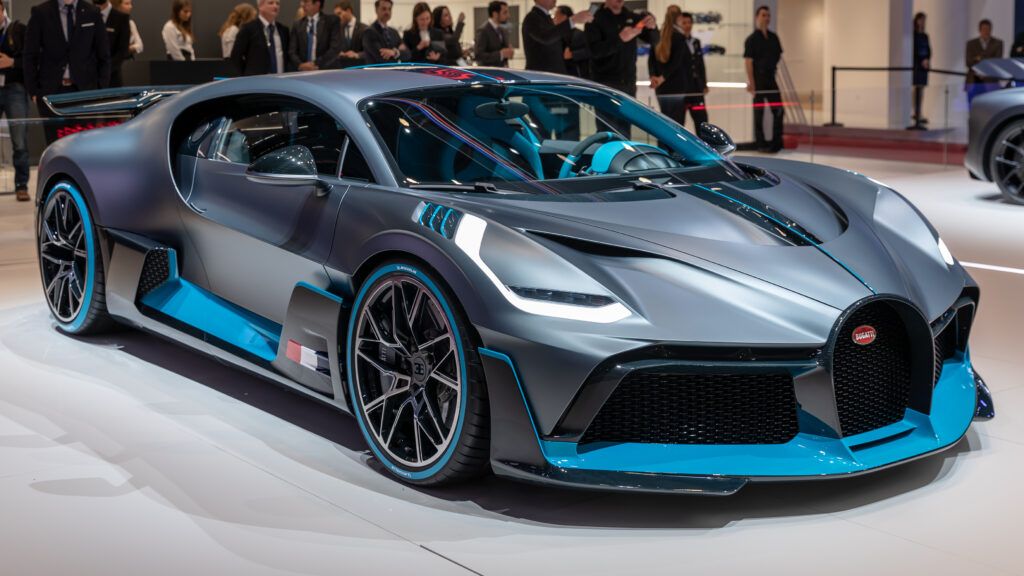
15. **Attracts Unwanted Attention**While the attention-grabbing nature of owning a luxury car is a significant selling point for some, serving as a powerful status symbol, it also carries a notable downside: the attraction of unwanted attention. This aspect of ownership can lead to a range of unpleasant experiences that detract from the overall joy and peace of mind.
The visibility and prestige associated with a high-end vehicle can unfortunately make owners targets for negative interactions. This includes “envy from those around you,” which can manifest in various social discomforts, and more seriously, an increased risk of criminal activity. Luxury cars are inherently “targetability for theft” due to their high value, making them prime targets.
This heightened risk necessitates greater vigilance and potentially additional security measures, adding a psychological burden to ownership. The constant awareness of being conspicuous, and the associated security concerns, can significantly diminish the enjoyment and relaxation that luxury car ownership is meant to provide. Ultimately, the desire to stand out comes with the often-unseen cost of increased personal and financial vulnerability.
Read more about: The Unmuffled Truth: Decoding Why Performance Cars Roar on Our Roads – An In-Depth Look
The journey of luxury car ownership, while promising unparalleled driving pleasure and a distinct status, is clearly fraught with significant and often unforeseen financial pain points. From the initial rapid depreciation and the continuous drain of high maintenance, repair, and insurance costs, to the long-term uncertainties of market volatility and technological obsolescence, the dream can swiftly turn into a substantial monetary burden. These vehicles demand a comprehensive understanding of their true cost, extending far beyond the showroom price. For those considering stepping into this world, a realistic assessment of these ongoing financial commitments and practical compromises is not just advisable—it’s absolutely essential to avoid regret on the odometer.

